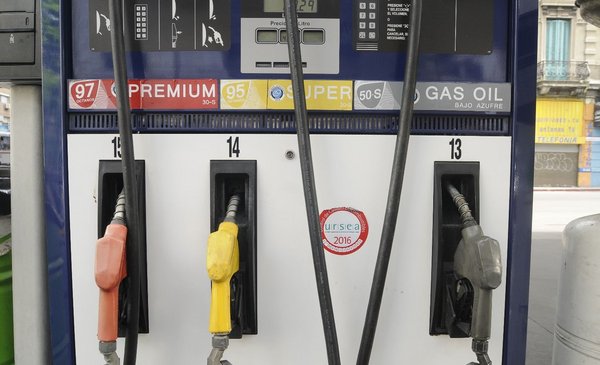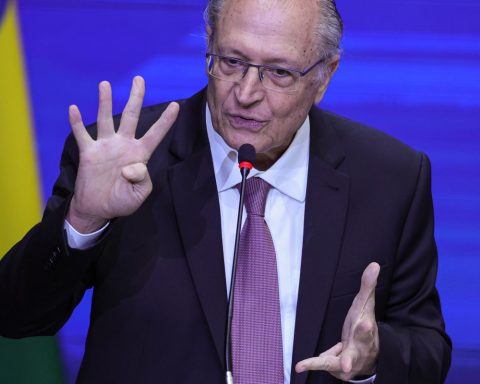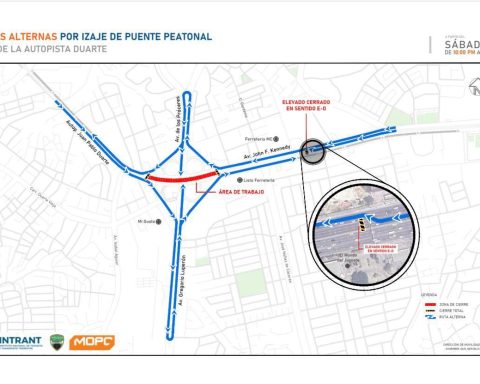The evolution of fuel prices in the US Gulf of Mexico –reference market for Uruguay– had shown a moderation in their upward trend during April, with a slight rise in diesel and even a drop in gasoline, which in any case was not enough for a decrease in the rates paid by Uruguayan consumers. . This is due to the gap that is dragging with respect to the Import Parity Price (PPI), as a result of corrections ordered by the government that have been lower than what was suggested by Ursea’s technical reports.
What does that photo show for the June review?
Between April 26 and May 23, the average price of the gasoline increased $5.4 a liter and the diesel made it $4.35 per literor, based on Energy Information Administration (EIA) data processed by The Observer. These values are only an approximation to what happened in the international market and they take into account two central variables: the daily dynamics of the prices in dollars of refined fuels and the value of the exchange rate at the local level.
In detail, the mean value for the simile of Uruguayan naphtha it went from $34.1 to $39.5 per liter on the Gulf Coast. For Super 95 gasoline, the most consumed in the country, Ursea takes the average international price of two types of gasoline: CBOB Regular 87 and CBOB Premium 93.
Diesel has the price of Ultra Low Sulfur Diesel (ULSD 62) as a reference. The closest update possible to what the PPI would indicate shows that the average price of the liter went from $40.66 to $45.01 during the last month.
This week the Ursea report will be released, one of the inputs that the Executive Power takes into account to decide what to do with the rates each month. The other element is Ancap’s economic outlook and its cash projection.
The president of Ancap, Alejandro Stipanicic told the program this week country people of channel 12 that the box of the company “is fine”.
“We do not have the stress that we experienced at other times now because we recently had very large exports of electricity to Brazil with the sale of diesel to UTE. All of this gave us an air, raised our working capital. Also, there were more sales. In the first quarter they were 11% higher than in the first quarter of 2021,” he stated.
But it must also be taken into account that in the previous months the prices in the domestic market have been correcting below what the international reference indicated and today they are misaligned with respect to the last PPI report. The difference is $1.52 in the case of gasoline, and $6.43 in diesel, according to Ancap data. Given the international dynamics of prices, if there were no changes in rates in June, what would happen is that the gap that partially narrowed in May would widen again.
When this month the Executive Branch raised rates ($1.5 for Super gasoline and $3 for common diesel), explained that the decision sought to contemplate the care of public finances and at the same time mitigate the extra inflationary pressures caused by an increase in rates. In light of what the numbers indicate, it seems likely that the authorities will once again decide on a price adjustment, the magnitude of which will depend on how the different variables that the government may have on the table are weighted, such as Ancap’s financial situation or the negative impact that a tariff adjustment can have on the dynamics of domestic prices in Uruguay.
From January 2021 to date, the price of Super 95 gasoline in Uruguay has increased by 36% per liter, and 50-S diesel has increased by 53.4%. In that period, the average price of oil rose 94%, going from US$55 in January 2021 to US$107, which was the average in April 2022.
In May, the average price is around US$110. Brent oil prices for delivery in July were trading this Wednesday at US$111 per barrel.
Government announced that it will freeze supergas
In the case of Supergás, the Executive Branch resolved in May not to make changes for the second consecutive month, so the retail price, which has a strong subsidy, remained at $63.35 per kilo.
Currently, the PPI of supergas —which marks the Ursea— is $67.6 per kg (at plant with taxes), according to the latest report. However, Ancap’s net income is only $17 per kilo for the packaged product. This subsidy has an annual cost of about US$100 million per year.















